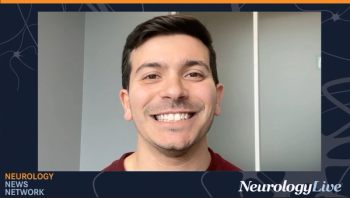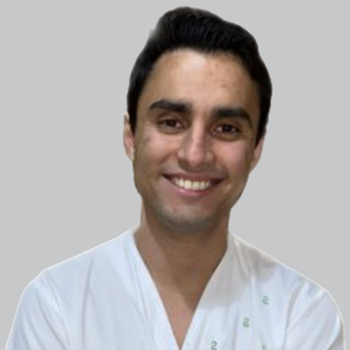
Potential Avenues for Combination Therapy in Obstructive Sleep Apnea: Danny Eckert, PhD
The director of sleep health at Flinders University in Australia explored how combination pharmacologic and noninvasive therapies may offer a personalized path forward in obstructive sleep apnea treatment. [WATCH TIME: 6 minutes]
WATCH TIME: 6 minutes
"We’ve reached a point where we can target the root causes of OSA. With combination therapies—oral appliances, positional therapy, and even emerging drugs—we’re seeing that many patients may no longer need CPAP at all."
Obstructive sleep apnea (OSA) is one of the most common sleep-related breathing disorders, affecting nearly 30 million adults in the United States, with several others remaining undiagnosed. The first line of treatment has always been positive airway pressure (PAP), a traditional method that keeps airways open by delivering constant air pressure. While PAP is quite common, adherence remains an issue for some patients, which has led to greater conversation around different ways to treat OSA, including the idea of combination approaches.
At the recently concluded
Eckert, director of sleep health at Flinders University, in Adelaide, Australia, sat down with NeurologyLive® during the meeting to discuss the potential of precision and combination pharmacotherapy for OSA. In the discussion, Eckert spoke on how identifying and targeting distinct non-anatomical traits–like poor muscle responsiveness, high loop gain, low arousal threshold, and airway collapsibility–can guide more personalized and effective treatment. Furthermore, he talked about the potential of noradrenergic/antimuscarinic drug combinations, nasal reflex modulators, and oral appliances paired with positional therapy.
Newsletter
Keep your finger on the pulse of neurology—subscribe to NeurologyLive for expert interviews, new data, and breakthrough treatment updates.



































